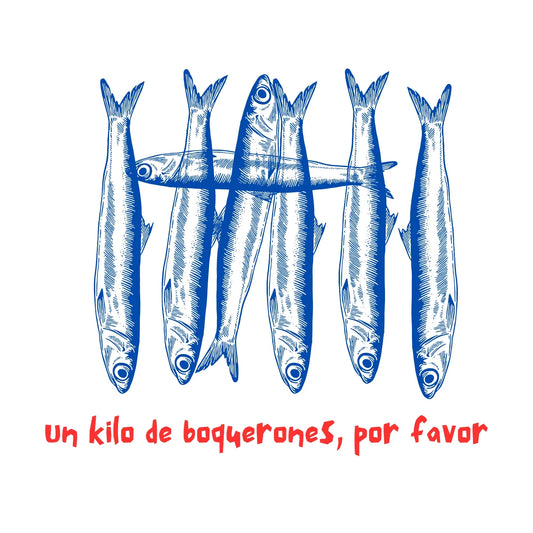The mandarinfish, Synchiropus splendidus, is one of the most beautiful and astonishing fish on the reef, as well as one of the most popular inhabitants among underwater photographers. Also known as the mandarinfish, green mandarin, striped mandarin, or psychedelic mandarin, it is a very small and shy tropical fish that briefly appears at dusk to mate.
Ah, before moving forward, we've design a collection of T-shirts for marine life enthusiasts like you and another one of ocean art prints. Take a look if you'd like :-)
Its name derives from its strange and electric colors, which, along with its striped patterns, resemble those of the tunics worn by Chinese imperial officials. The most well-known color pattern of the mandarinfish is based on a blue background with wavy orange lines. Despite being dominated by blue, there are also yellow, orange, purple, and green patterns, sometimes speckled and featuring circles instead of stripes.
These fish belong to the family Callionymidae or dragonets, which comprises 10 genera and over 182 species. Mandarinfish are small, around 6 cm in length, with a broad head, 4 dorsal spines, no anal spines, and males are easily distinguishable from females as males are considerably larger and have a greatly elongated dorsal spine. Another defining characteristic of this fish is their large eyes, perfectly adapted for hunting and capturing prey in low-light environments.
The curious mating ritual of the mandarinfish
These fish can be found alone during the day, around coral polyps, or hiding in reef crevices, and it's during the night when they appear in pairs. Just before sunset, 3 to 5 females head to a specific area of the reef where a curious mating ritual begins. The male chosen by the female rests on her pelvic fin, aligns his belly with the female, and together they ascend up to 1 meter above the reef. Once they reach the peak of their ascent, the male releases his sperm and the female releases a cloud of eggs, which can amount to 200. They both immediately vanish, and the fertilized eggs are at the mercy of the current to become 1mm-long larvae between 18 to 24 hours later. For up to 2 weeks, they will feed on plankton before finally settling on the reef where they will live for the next 10 to 15 years.
The mandarinfish mainly feed on small worms, protozoa, and crustaceans such as isopods, amphipods, and mysids.
One curiosity about these fish is that they lack scales. As compensation for their lack of protection, they have a sticky and pungent coating, which not only protects them from most skin parasitic diseases but also warns their predators of their bad taste.
These fish are shy and elusive, usually found inhabiting holes and dead coral remnants in protected lagoons in the Western Pacific and in the Coral Triangle, mainly in Malaysia, Indonesia, Philippines, and Australia.
The species is threatened by overfishing, destructive fishing methods, habitat destruction, and the aquarium trade. Due to their coloration, beauty, and swimming style, they are highly sought after for the aquarium trade, but they are very demanding regarding the water conditions in which they live, and the vast majority die shortly after being confined.





















